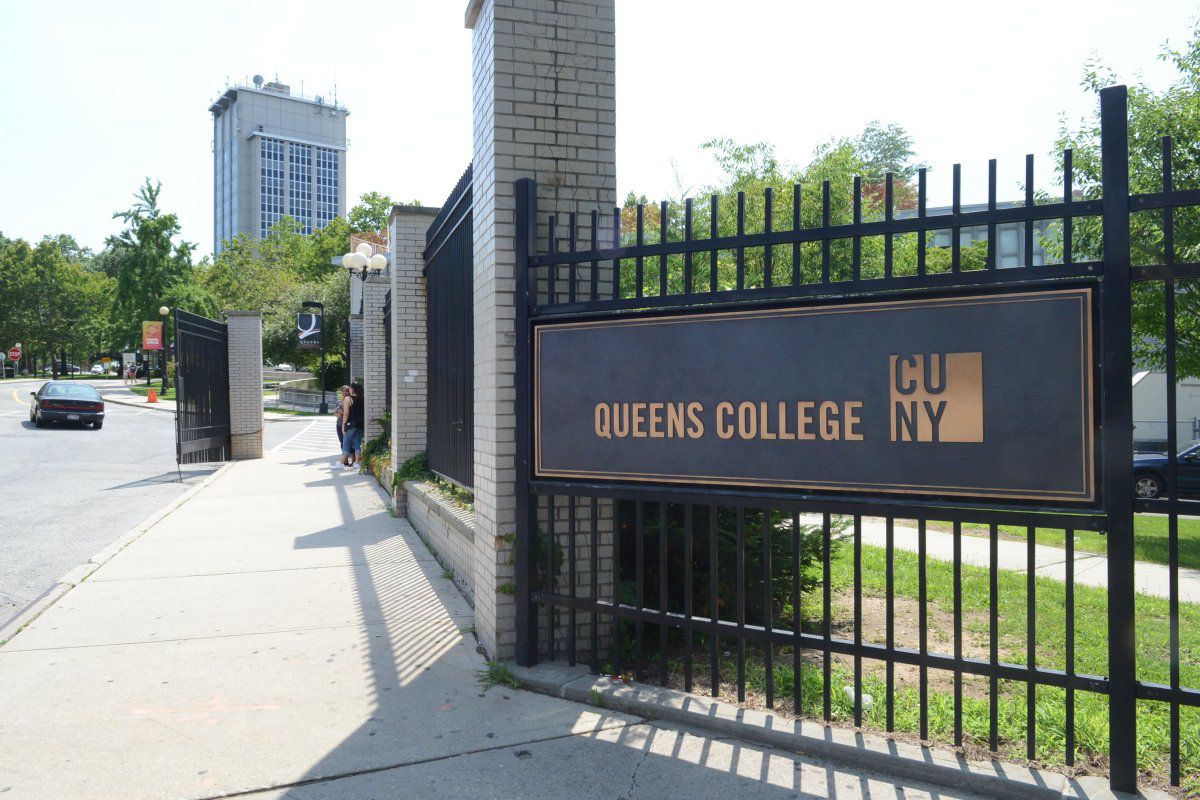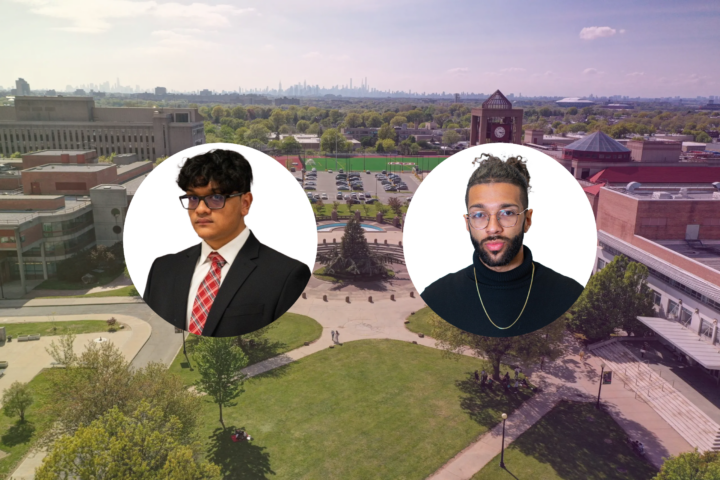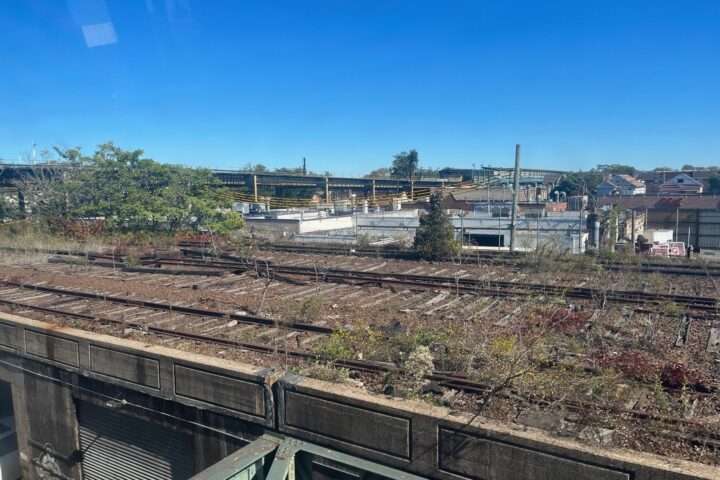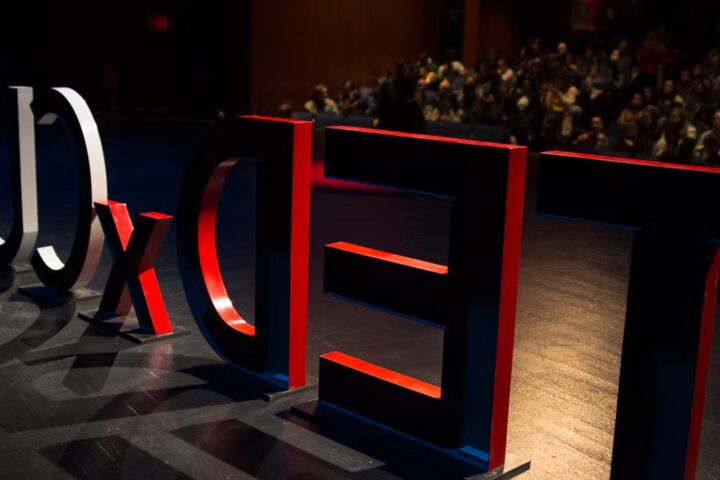Mayor Bill de Blasio referenced “A Tale of Two Cities” at CUNY LaGuardia Community College for his State of the City address to describe the income inequality in New York City, this past February.
Queens College is no stranger to the issue as it is situated in Queens County, which has a .44 Gini index based on the 2010 American Community Survey. The Gini index, a scale from 0-to-1, shows income distribution with one being the most unequal. Only 51 percent of other counties in the U.S. have less inequality than Queens County.
Income inequality is an issue that has affected the prospects of financial security for many Americans, including college students. According to a January 2014 Gallup poll, two-thirds of Americans were unsatisfied with the distribution of wealth.
De Blasio spoke on how the issue would be brought to full attention by his administration through different reforms, including improving access to CUNY as the increasing tuition has made “higher education harder and harder for everyday New Yorkers to afford.”
“Because the truth is, the state of our city, as we find it today, is ‘A Tale of Two Cities’ – with an inequality gap that fundamentally threatens our future,” De Blasio said.
Ryan Edwards, a QC associate professor of economics, remarked the recent interest in income inequality could be dated to the Occupy movement, though the Great Recession was another contributing factor heightening awareness on the issue.
“My guess would be that it probably was tied to the Great Recession that hit starting in September 2007. While [the Recession] hit those with the least a lot more, it also raised unemployment rates for college-educated people,” Edwards said.
Paul Nikolai Alzate, a QC student who graduated in May 2013, stated while he was not affected by income inequality he did vote for de Blasio and declared it was not a new concept.
“There have always been poor and rich [people] in this city since the Dutch settled here. What [de Blasio] did was point it out at the right time: the political climate is such that discussion of income inequality is even more prominent and accepted by regular citizens and pundits. The Recession probably made it much easier to point out,” Alzate said.
According to the 2012 Student Experience Survey, 62 percent of QC undergraduate students live in households that make less than $50,000, which has not changed since the 2010 survey. However, those living in households making less than $20,000 a year has risen from 23 percent in 2010 to 32 percent in the 2012 survey.
For CUNY as a whole, undergraduates living in households making less than $50,000 have risen from 73 percent in 2010 to 76 percent in 2012. Based on 2013 U.S. Census Bureau figures, this is less than the median household income of $50,895 in NYC and $50,657 nationwide.
Yet, Edwards still believed education at QC still has a valuable role for students, despite current economic conditions.
“This is a great place to get a great education at rock-bottom prices. It’s subsidized heavily by the state,” Edwards said. “I would probably characterize CUNY as a bulwark against rising inequality because it can provide education for the less well-off.”
Since his graduation, Alzate has been doing volunteer work and will be going to law school this fall. Still, he recommended a few reforms to solve the issue, including reducing the cost of education, establishing a guaranteed income and addressing issues of health for Americans.
“Income inequality is a very complex [issue] that won’t be solved soon, but we as a country need to come together to tackle all the heads of this hydra and vanquish the beast,” Alzate said.













